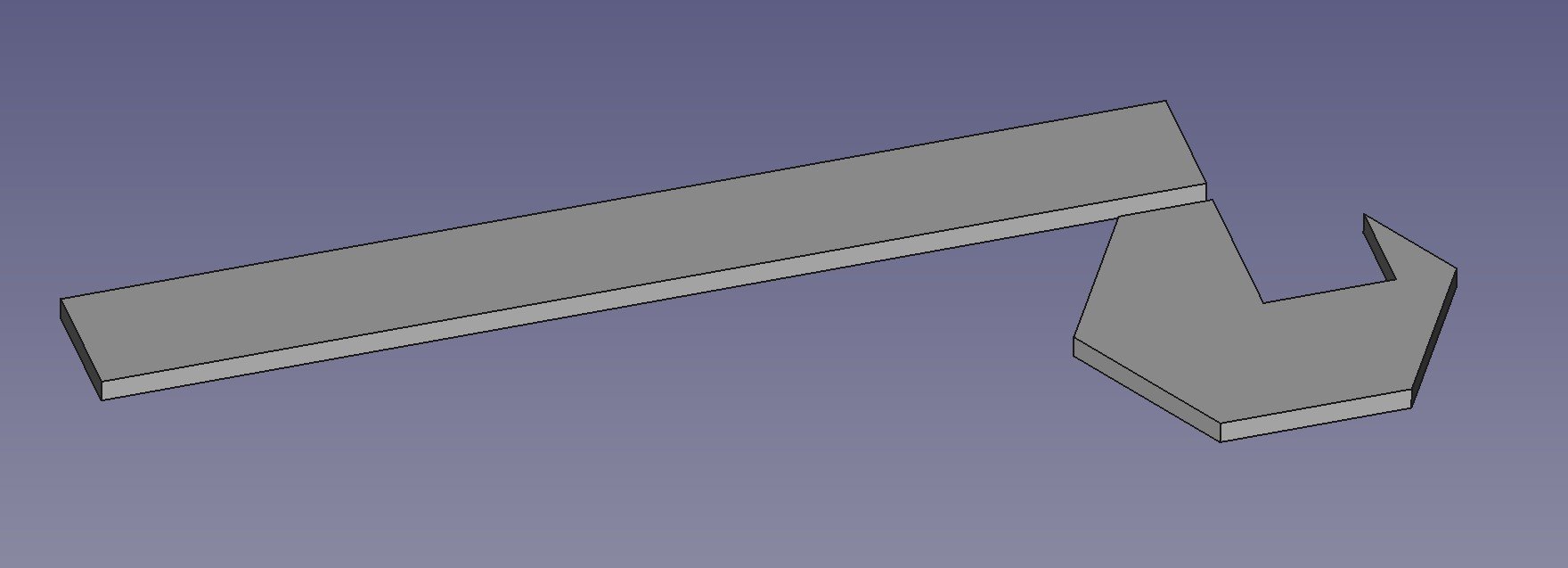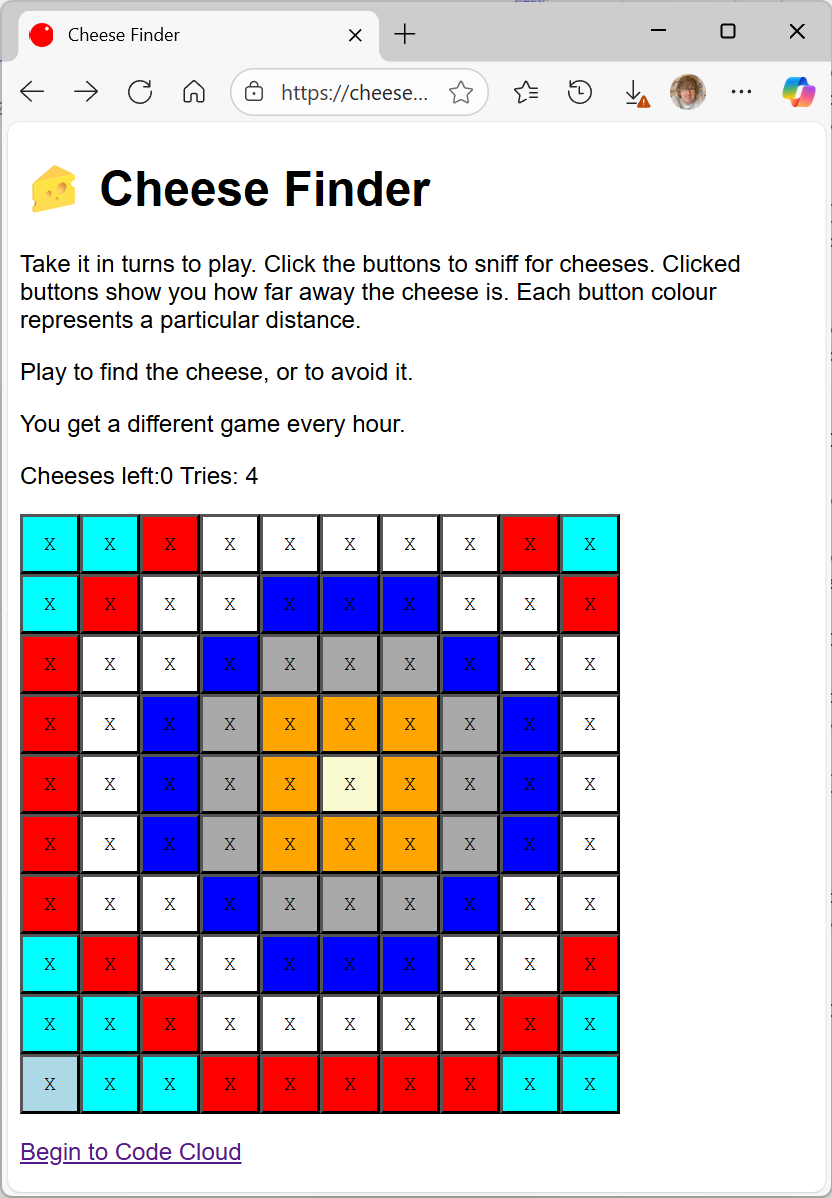Significant Other Charms
/These are the finished versions and they’ve printed quite well. The idea is that you have one, and you give your significant other, er, the other. Then, when you meet up you can fit them together (they do fit rather well). Each pair is completely unique (unless you print lots of them I suppose) and symbolises the uniqueness of whatever you think is unique about whatever your relationship is. Oh the romance of it all. I’m putting together some examples of writing Python code inside the FreeCAD design tool, and the charms are one of them. Another is my “Little City”.
Not bad for around 100 lines of code. The examples will all be going on GitHub soon.





























